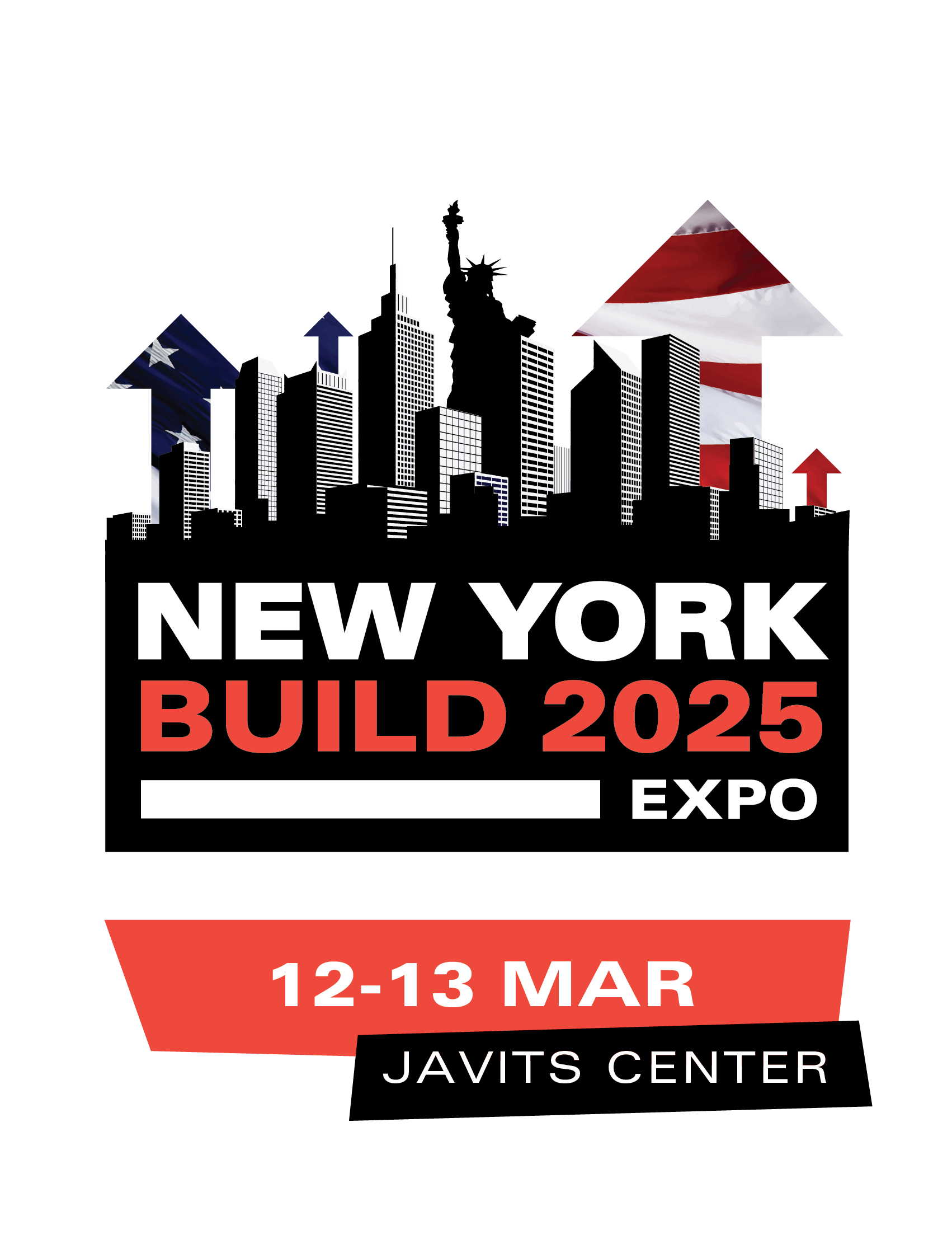Tariffs are driving city construction costs even higher
)
It has been four months since the introduction of President Donald Trump’s tariffs and the start of a trade war with China. While the president agreed at the G20 Summit to halt new trade tariffs for 90 days to allow for negotiations, levies on steel, aluminum, ceramics and many other building supplies continue to have a significant effect on New York’s construction industry.
In an effort to capture the current impact of the tariff for construction, we recently undertook a cost study of a completed 90-story building at the Hudson Yards Development. The building was completed prior to the introduction of tariffs. However, if it were being built now, the cost of the core and shell construction alone would have increased by $75 million to $100 million because of tariffs on the steel structure, aluminum curtain wall and other building components.
In order to properly anticipate cost for similar projects, the current supply of labor would also need to be assessed, and the possibility of suppliers shouldering some of the added costs would need to be managed. However, clients and developers can expect to spend 5% to 10% more on their overall core and shell construction as a result of the tariffs.
Currently, the supply chain is attempting to absorb a portion of the increased costs where orders have already been placed and pricing may be fixed. Nevertheless, clients are undoubtedly facing additional costs incurred in the procurement process and managing the additional effort that is required to handle the tariffs as construction goods enter U.S. ports.
Can buying domestic steel help to mitigate cost hikes? Unfortunately, this is fraught with challenges. First, the relationships between supply fabricators and contractors are integral to the industry and new relationships need to be nurtured in order to establish a robust procurement model.
Second, we expect the price for U.S. steel to continue rising based on the increase demand, which would reduce the possibility of any savings in the domestic market. Demand could also outpace supply, affecting both cost and schedule for major construction projects.
The outlook for domestic aluminum is much bleaker. Aluminum suppliers are already unable to meet the demand and consequently the 10% tariffs are being felt even more in this part of the market.
The reality is that major construction projects often have globalized supply chains, so switching to local materials is not always an option in the short term, given market capacity and availability.
As a result, it is likely that contractors will look to increase costs in order to mitigate material price hikes. In major construction markets such as New York, San Francisco and Seattle, contractors are hedging the tariff impacts by building a greater level of contingency into their pricing.
The tariffs are also creating delays at customs which in turn affect build programs, particularly for those materials that are critical path items for many projects.
On a recent project we witnessed a delay at customs to determine if a shipment of ceramic tiles coming from China should have a tariff applied. This had a significant impact on the overall construction schedule and delayed many other trades on the site. While it was frustrating to see a 25% tariff ultimately imposed on the tiles to clear through customs, this cost was actually dwarfed by hundreds of thousands of dollars spent on labor overtime to compensate for other trade delays.
Against the backdrop of a buoyant high-rise market in New York and other cities with new towers planned, what should property developers consider for future projects?
First, they should adjust the cost schedule and add 5% to 10% across the total hard costs to compensate for the tariffs.
Second, we recommend developers and clients consider early buyout packages and direct purchase of material to lock in steel and curtain-wall trade prices as early as possible.
Third, a thorough understanding of contractor contingencies and allowances should be incorporated in the contract to ensure these values are understood by all parties involved, including control of how they are drawn down, if required.
Finally, we recommend that clients introduce 5% of the total budget cost for a management reserve to mitigate any uncertainties that will arise owing to tariffs and other residual effects through the supply, delivery and installation chain.
While talks at the G20 appeared to suggest a ceasefire in the trade war might be possible, the impact on many industries, including construction, continues.
John Robbins is managing director, USA, and North America head of real estate at Turner & Townsend.


)
)